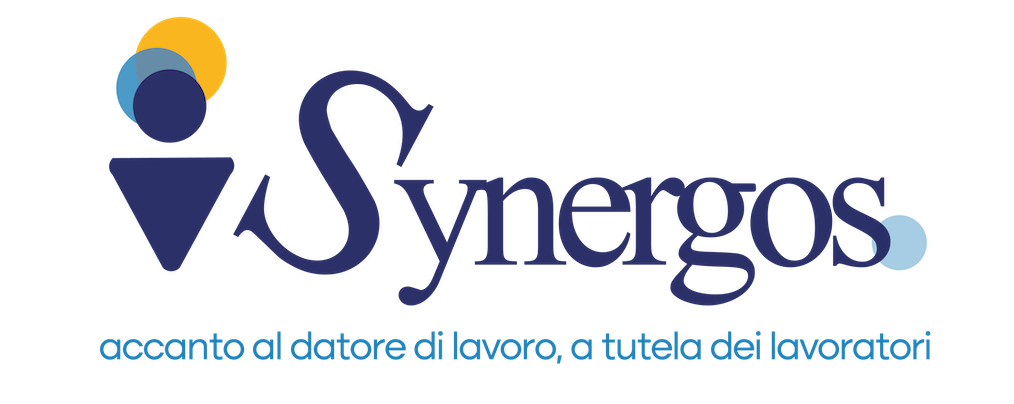What is the HACCP self-control plan?
The HACCP protocol governing food safety and prevention procedures, provides for the implementation of the
HACCP self-control plan.
It is a collection of documents that regulate prevention and safety within food industries. It consists of two parts:
–
HACCP manual;
–
HACCP sheets.
The
HACCP self-control plan
considers seven main points:
– Hazard analysis: this is the identification of potential hazards associated with a food from production to consumption;
– Critical control pointidentification(critical control point-CCP): concerns the wholesomeness of a product and indicates the procedure put in place for the purpose of eliminating, preventing or reducing a hazard to an acceptable level;
– Definition of critical limits: covers the monitoring of individual CCPs. Critical limits (of acceptability/unacceptability) are established that must be met to ensure the food safety of a finished product;
– Activation of monitoring system: CCPs are kept under control and within critical limits. One example is the control of product storage and the recording of storage temperatures;
– Corrective action planning: corrective actions are established to be implemented if a CCP is out of critical limits;
– Verification procedures: covers the set of procedures used to confirm the effectiveness of all actions taken in the HACCP self-control plan., including those of monitoring and corrective actions;
– Registration procedures: preparation of the registration document containing all steps of the plan.
Simplified HACCP self-control plan
The
HACCP self-control plan
simplified is applied only to small-scale businesses such as kiosks, small food outlets, and fruit and vegetable stands.
The HACCP manual: for whom it is mandatory
All food businesses are required to have the HACCP manual. This includes all those enterprises operating in the food sector and dealing with:
– preparation;
– production;
– packing
– storage;
– storage;
– distribution;
– trade;
– transportation;
– administration;
– sale.
Who drafts the HACCP manual
The company owner or manager is the person in charge and obliged to prepare the manual together with an expert consultant specialized in food safety and hygiene. The drafting takes place after a thorough inspection held to identify the company’s risks.
In addition to editing, the owner is required to comply with duties and responsibilities, considering possible fines if not.
The function of the HACCP manual is to eliminate or reduce as much as possible the hazards attached to food safety, from production and hygiene to consumer health. The applied method is established by the HACCP protocol that takes into consideration all critical control points.
What a HACCP manual should contain
The manual
HACCP
must contain:
– the data of the company with its purpose;
– the description of the products in use and their purpose;
– the list of biological, chemical and physical hazards;
– the sanitation analysis of the elements concerning the structure;
– the hygiene procedures adopted;
– critical control points;
– HACCP flowcharts;
– the planning of controls and the definition of actions to be taken.
Each company has its own custom-prepared HACCP manual.
Updating the manual is recommended to be done annually.
In addition to the HACCP manual, self-control sheets and HACCP certificates of individual workers are also mandatory.
HACCP self-control sheets
As we described above, each HACCP self-control plan Contains HACCP manual and HACCP sheets. The HACCP self-inspection forms serve precisely to certify compliance with the rules contained in the manual. The owner or manager in question, is obliged to fill out the forms verifying that the parameters are regular. The ballots in question requested by the legislature are:
– pest verification sheet (e.g. verification of rodents and dead insects);
– form for receiving incoming goods (such as quantity and type of product);
– sanitation and cleaning record sheet (such as cleaning equipment, bar, toilets, freezers);
– temperature record sheet (refrigerator and freezer temperatures);
– plant and equipment monitoring sheet (e.g., floor integrity, door integrity, dripping faucets, presence of moisture);
– card for nonconformities (e.g. materials on receipt or detected by the customer);
– health alert card;
–
supplier list sheet and declaration guaranteeing sanitary compliance.
Gluten free products
Regarding products intended for celiac disease sufferers, the HACCP manual is supplemented with a dossier that goes on to set out all the steps to be observed in handling food to avoid contamination of gluten-free products.
Synergos: Health And Safety At Work, Side By Side With The Employer To Protect Workers!




